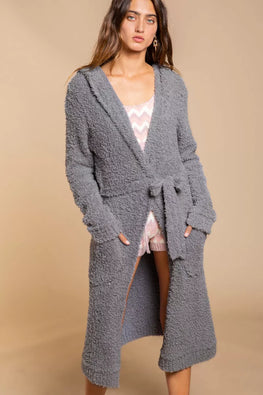The Evolution of Materials in Fashion

Fashion is a dynamic and ever-evolving industry that constantly reinvents itself. One of the key aspects of this continual transformation is the innovative use of materials. From the earliest days of fashion to the modern era, the materials used to create clothing have represented advancements in technology, changes in cultural identity, and shifts in environmental consciousness. Let's take a journey through time to explore how these materials have evolved and changed the fashion landscape.
Visit TopFashionHQ for the latest trends and styles in the world of fashion.
Ancient Fabrics to Industrial Revolution
In ancient times, fashion relied heavily on natural materials. Linen, cotton, wool, and silk were among the primary fabrics used by civilizations worldwide. These materials were locally sourced and handwoven into garments, instilling each piece with cultural significance and regional identity.
The Industrial Revolution marked the beginning of significant changes in clothing materials. The invention of the sewing machine and mechanized looms allowed for faster and more efficient production. This era also saw the rise of synthetic dyes, allowing for a more vibrant and diverse color palette.
20th Century Innovations
The 20th century was a period of rapid innovation in materials used in fashion. The introduction of synthetic fabrics like nylon and polyester during the mid-1900s offered more durability and versatility compared to natural fibers. These materials became incredibly popular due to their affordability and practicality.
In the 1970s and 1980s, denim became a staple of casual fashion. High-rise styles like the RISEN High Rise Ankle Wide Button Patch Pocket Cuffed Jeans reflected the era's trends and made jeans a must-have item. Discover more in our Jeans Collection.
The Sustainable Movement
The late 20th and early 21st centuries saw a shift towards sustainability as concerns over environmental impact grew. Natural and organic materials, such as bamboo and organic cotton, as well as recycled fabrics, became prominent in the fashion industry. This change marks a conscious effort to reduce the environmental footprint of clothing production.
Cardigans, such as the SO ME Strawberry Fruit All Over Button Sweater Cardigan, have gained popularity for their versatility in layering and their sustainable production methods. Check out our extensive Cardigans Collection.
Conclusion
The evolution of materials in fashion showcases the industry's ability to adapt and innovate. From the use of locally-sourced natural fibers in ancient times to the introduction of synthetics during the Industrial Revolution, and finally, to the sustainability-conscious materials of today, fashion continues to reflect the world around us.
Explore the latest trends and styles by visiting TopFashionHQ and updating your wardrobe with pieces that not only complement your style but also embrace the ongoing evolution of fashion materials.










